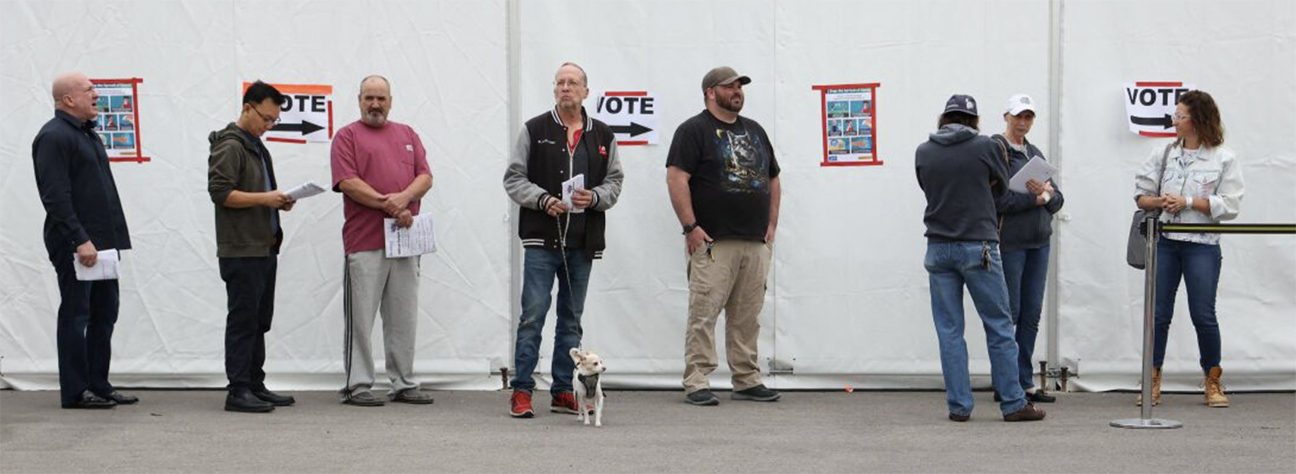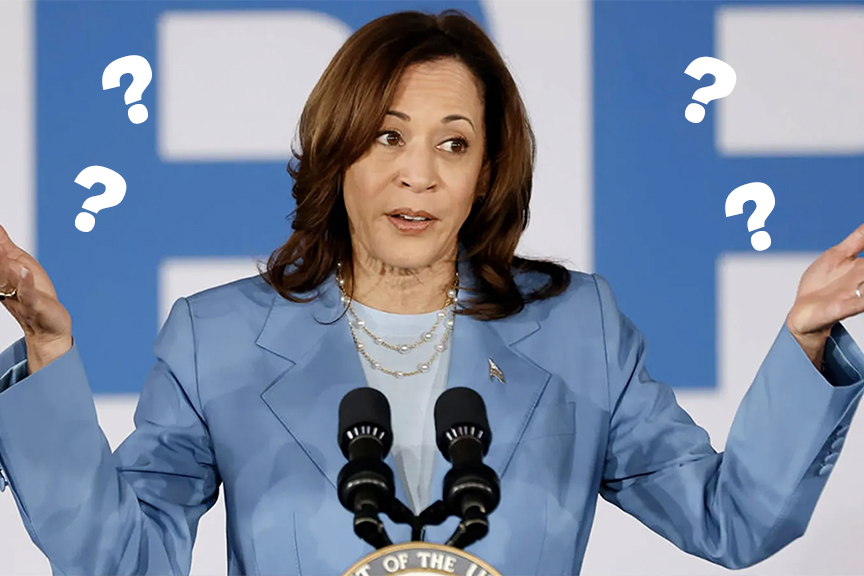A Campaign Out of Touch
When it came to the 2024 presidential race, the Democrats found themselves out of step with the needs and priorities of everyday Americans. For four years, they held the White House with a clear opportunity to make a difference—but time and again, promises were made, and solutions were delayed. Their campaign strategy focused more on rhetoric and less on genuine progress, failing to convince the American people that they could effectively lead – and proving their ineffectiveness in most everything they did.
Unfulfilled Promises and Public Frustration
One of the clearest criticisms from American voters has been the long list of campaign promises that were never realized. Issues like healthcare reform, climate action, and economic equity were heavily touted in speeches, debates, and ads. These were supposed to be core issues that the Democrats claimed they could resolve if they were in power. Yet, when given that very power over the previous four years, the party consistently lost the urgency, delaying critical issues until election season rolled around again.
For example, healthcare reform has been a prominent part of the Democratic platform for over a decade. Yet, during these four years, Americans saw little change that directly impacted them or made healthcare more affordable. Instead, the Democratic Party relied on campaign speeches to assure Americans that “change is coming.” The longer they waited, the more it became clear to the public: these promises were mere campaign tactics designed to secure votes rather than serious commitments.
A Record of Inaction
In holding the White House, Democrats had a unique opportunity to pass key legislation and prove that they were genuinely invested in making the lives of everyday Americans better. But despite the ability to initiate meaningful changes, too many of these promises remained stagnant. Policies could have been enacted, yet often seemed intentionally left on the back burner—dangling before voters as reasons to “stick with the party” for just one more term.
When it came to addressing inflation, high gas prices, or bringing manufacturing jobs back to the U.S., the results were lackluster at best, if there were results at all to be shown. While Democrats maintained a focus on sweeping issues like climate change or social reforms, they often overlooked the bread-and-butter issues that most Americans deal with daily. It seemed the Democratic leadership was willing to talk big but hesitant to roll up their sleeves and make difficult decisions that might not cater to their base but would help average Americans who were paying upwards of $12 for a dozen eggs.

Campaign Strategy vs. Public Needs
This recent Democratic campaign felt more like a PR exercise than a roadmap to real solutions. Instead of tackling concerns head-on with measurable action, the campaign leaned heavily on big-picture narratives and generalities, leaving everyday Americans with more questions than answers. One question being, “You’re in the White House now? Why wait to take these actions?”
By focusing on rhetoric and lofty ideals, Democrats seemed disconnected from what most people want: immediate relief from rising costs, a secure economy, and policies that strengthen our communities without overextending government influence. As the party doubled down on ideological agendas, voters have felt their genuine needs were being ignored, replaced by issues that did little to improve their day-to-day lives.
Trust in the party’s intentions dwindled as the campaign continued to paint an idealized picture of America without providing tangible steps to get there. It became evident that the Democrats were more interested in talking about change than implementing it.
Fundraising and Political Investments
Another striking aspect of the campaign was its focus on fundraising—a machine that seemed to work overtime, often overshadowing any real policy achievements. Many voters felt the emphasis on collecting donations pointed to a broader issue: that Democrats were more interested in maintaining power than delivering results.
In contrast, Americans who believe in a lean, efficient government found it hard to ignore how fundraising became synonymous with the campaign itself. As the Democrats promoted their campaign ideals, citizens were left questioning any commitment discussions to bringing about change.
In Pursuit of a Vision: Too Little, Too Late?
At the core of the Democratic strategy was a reliance on the idea that voters would “trust them one more time” to deliver the change they’ve been promising for years. This approach, however, failed to resonate with Americans who see the party’s prior actions spoke louder than its promises. Despite the rhetoric of unity and reform, the reality of unchecked inflation, rising crime in major cities, and economic instability painted a far different picture.
The Democratic strategy of talking about tomorrow’s America without addressing today’s problems wore thin. “I haven’t been to the border, and I haven’t been to Europe either … so?”
Instead of seizing the moment, Democrats seemed willing to let critical issues linger, often telling voters to wait until “next time” for the meaningful change they were promised. In the end, voters see through the repeated campaign cycle without results.
Consequences of the Disconnect
This disconnect ultimately cost the Democrats both the trust of many Americans and a vital opportunity to solidify their influence. Voter apathy increased, with many feeling that the Democratic agenda did not align with their personal and financial needs. Additionally, the party’s failure to recognize the importance of focusing on the economic challenges facing working-class Americans drove many of their own supporters to seek alternatives.
This disconnect has shifted the political landscape, as voters look for leaders who can offer solutions that address their lives now—not hypothetical solutions for the distant future. For many, the Republican approach of focusing on American industry, self-reliance, and local governance is where reality lies. This past campaign showed that while Democrats may have the attention of media and big donors, they’ve increasingly lost touch with the American people.






